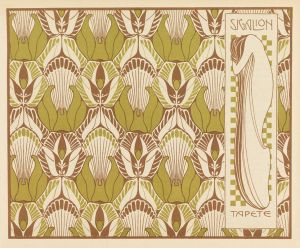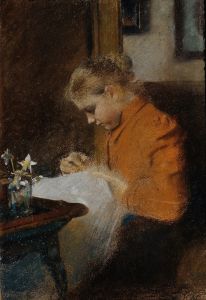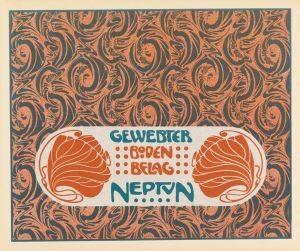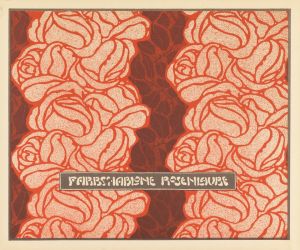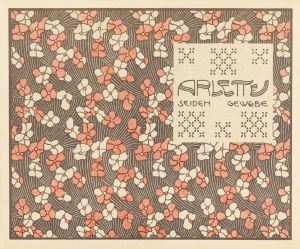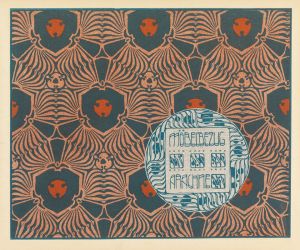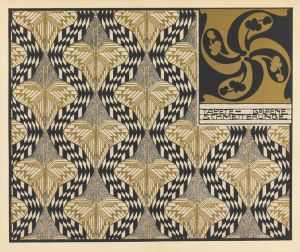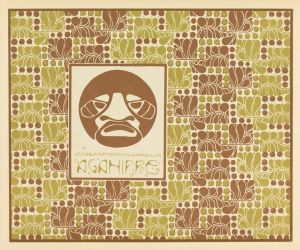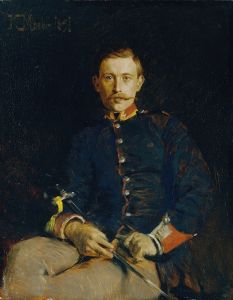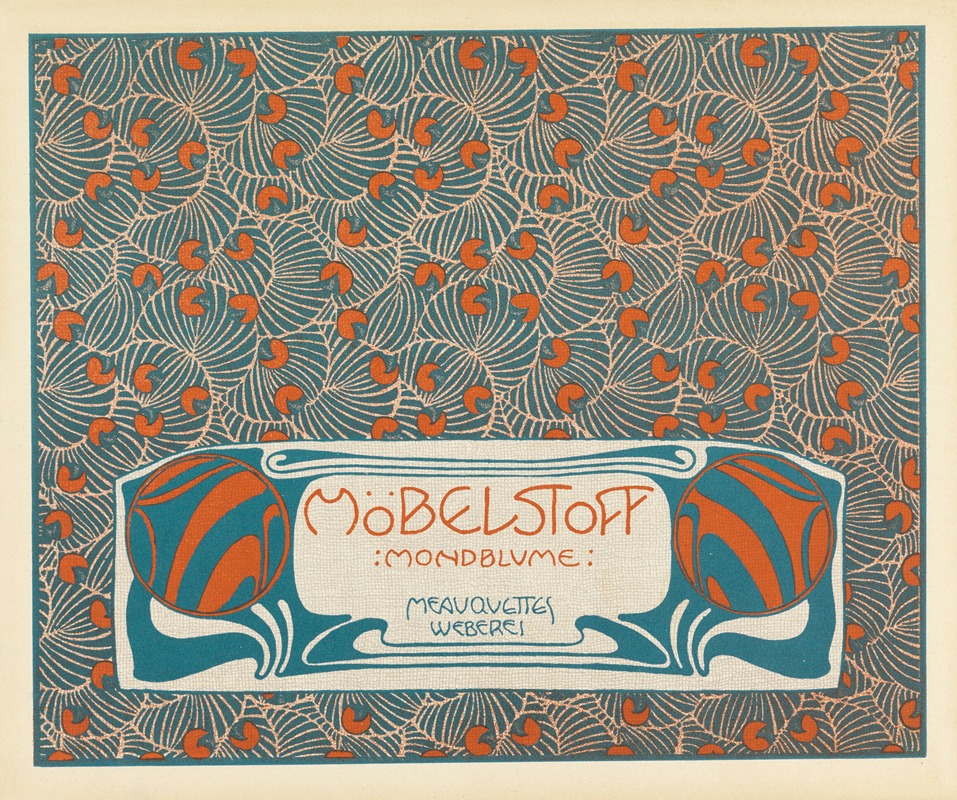
Mobelstoff Mondblume Meauquettes Weberei
A hand-painted replica of Koloman Moser’s masterpiece Mobelstoff Mondblume Meauquettes Weberei, meticulously crafted by professional artists to capture the true essence of the original. Each piece is created with museum-quality canvas and rare mineral pigments, carefully painted by experienced artists with delicate brushstrokes and rich, layered colors to perfectly recreate the texture of the original artwork. Unlike machine-printed reproductions, this hand-painted version brings the painting to life, infused with the artist’s emotions and skill in every stroke. Whether for personal collection or home decoration, it instantly elevates the artistic atmosphere of any space.
Koloman Moser (1868-1918) was an influential Austrian artist and designer who played a significant role in the Vienna Secession movement and the Wiener Werkstätte, a cooperative of artists and craftsmen in Vienna. One of his notable works is "Mobelstoff Mondblume Meauquettes Weberei," which translates to "Furniture Fabric Moonflower Maquettes Weaving."
Moser's work in textile design is characterized by its innovative patterns and vibrant use of color, reflecting the broader artistic trends of the Vienna Secession, which sought to break away from traditional artistic styles and embrace modernism. The Vienna Secession was founded in 1897 by a group of artists, including Gustav Klimt, who aimed to create a new style that was free from historical imitation and embraced contemporary aesthetics.
"Mobelstoff Mondblume Meauquettes Weberei" is a prime example of Moser's contribution to textile design. The piece features a repeating pattern of stylized moonflowers, showcasing Moser's skill in creating intricate and harmonious designs. The use of floral motifs was common in Moser's work, reflecting the influence of nature and organic forms that were central to the Art Nouveau movement, which was contemporaneous with the Vienna Secession.
Moser's designs were not only artistic but also functional, intended to be used in the production of furniture fabrics. This dual focus on aesthetics and utility was a hallmark of the Wiener Werkstätte, which aimed to integrate art into everyday life by producing high-quality, handcrafted objects that were both beautiful and practical.
The Wiener Werkstätte, founded in 1903 by Moser and architect Josef Hoffmann, was instrumental in promoting the idea of Gesamtkunstwerk, or "total work of art," where all aspects of an environment, from architecture to interior design to textiles, were harmoniously integrated. Moser's textile designs, including "Mobelstoff Mondblume Meauquettes Weberei," played a crucial role in realizing this vision.
Moser's work in textile design extended beyond the Wiener Werkstätte. He also taught at the Kunstgewerbeschule (School of Applied Arts) in Vienna, where he influenced a new generation of artists and designers. His legacy in textile design is marked by his ability to blend artistic innovation with practical application, creating works that were both visually striking and functional.
"Mobelstoff Mondblume Meauquettes Weberei" exemplifies Moser's approach to design, combining bold, modern patterns with a meticulous attention to detail. The piece reflects the broader artistic currents of the early 20th century, including the Vienna Secession's emphasis on modernism and the Art Nouveau movement's focus on natural forms and decorative arts.
In summary, Koloman Moser's "Mobelstoff Mondblume Meauquettes Weberei" is a significant work in the history of textile design, reflecting the innovative spirit of the Vienna Secession and the Wiener Werkstätte. Moser's contributions to the field of design continue to be celebrated for their artistic and functional qualities, embodying the ideal of integrating art into everyday life.





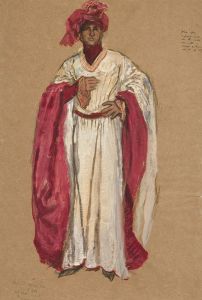
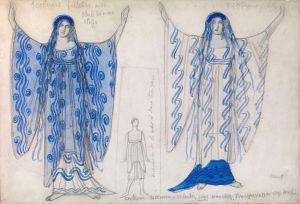
![Miscellaneous small sketches for inlaid table tops.] [Design with circular and geometric motif](/imgs/249433/s/winold-reiss-miscellaneous-small-sketches-for-inlaid-table-tops-design-with-circular-and-geometric-motif-3afe4da6.jpg)
